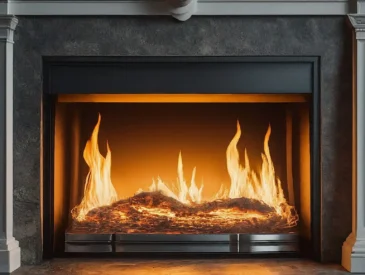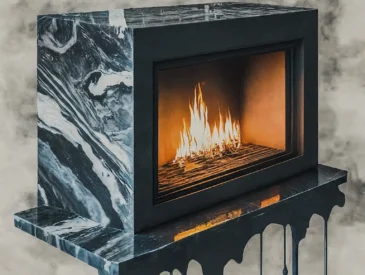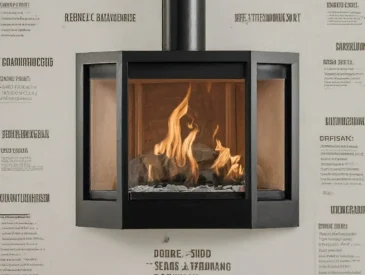In some homes, you may come across a chimney without an actual fireplace. Ever wondered why?
This article explains the reasons behind this setup and offers insights on how to identify if there’s a hidden fireplace in your home. We’ll also touch on the importance of maintaining unused chimneys.
Why Some Houses Have a Chimney but No Fireplace:
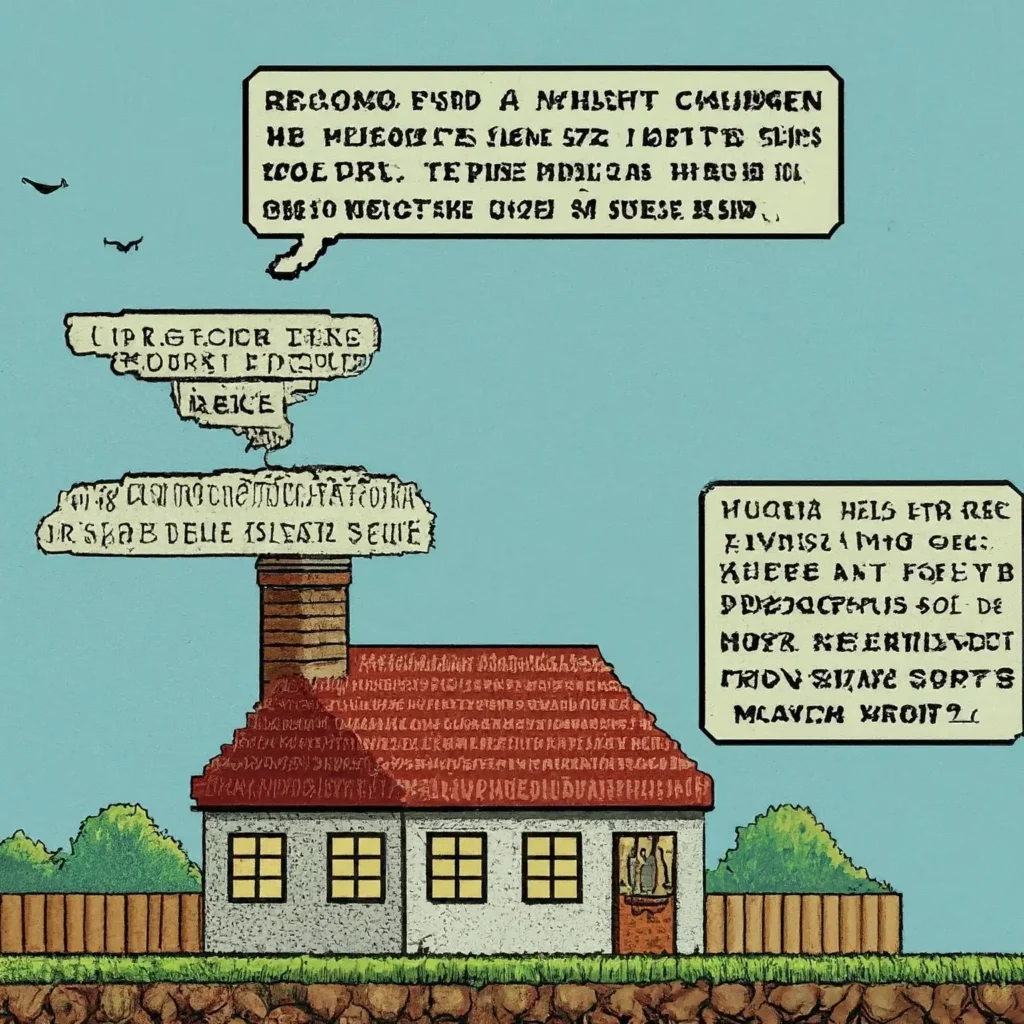
Houses constructed before 1900 often included chimneys primarily for venting fireplace fumes. As heating methods evolved, traditional fireplaces became obsolete, leading homeowners to remove or cover up the firebox. However, due to the high cost of chimney removal, the chimney itself was typically left intact.
The Purpose of a Chimney Without a Fireplace:
Although no longer connected to a fireplace, a chimney still serves a vital role in venting fumes. Modern heating appliances like boilers, stoves, and furnaces often utilize the chimney to expel waste. Checking the number of flues in your chimney can reveal the various appliances connected to it.
Maintenance of Unused Chimneys:
Even when not in use, it’s crucial to clean and inspect unused chimneys annually. Moisture and debris can accumulate, potentially leading to damage over time. Professional cleaning and inspections help prevent issues arising from pests and debris buildup.
Proper Ventilation of Unused Chimneys:
Unused chimneys must be adequately vented to prevent moisture buildup and the trapping of potentially harmful gases. Various methods, such as installing a flue ventilator or allowing air to pass through, ensure proper ventilation.
Value Addition with or Without a Fireplace:
A chimney, even without a fireplace, can add up to 6% to a home’s value. However, a combination of a chimney and a fireplace can increase value by as much as 12%. While a chimney alone may not provide the same value boost, it’s still considered an asset.
Chimney Removal Process:
Removing a chimney, depending on its structure and components, can take between 1 and 5 days. It’s crucial to hire professionals for this task to ensure structural integrity and safety.
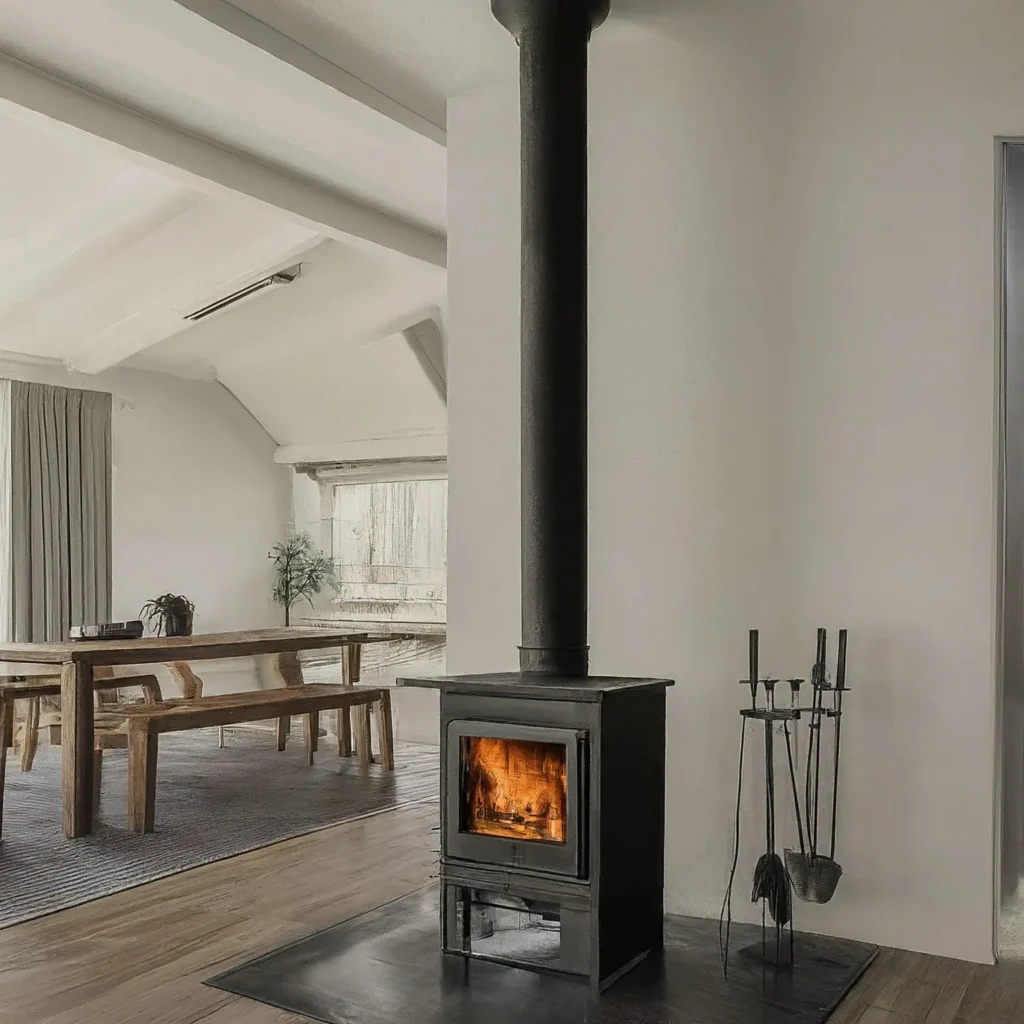
Finding a Hidden Fireplace:
If your home has a chimney but no visible fireplace, there may be one concealed behind a wall. You can check floor plans, follow flues, inspect chimney breasts,
or look for visual cues like exposed bricks or irregularities in the wall. Once found, it’s recommended to have the fireplace inspected by a professional before use.
Conclusion:
Understanding the presence of a chimney without a fireplace provides insights into home construction and maintenance. Whether for aesthetic appeal or potential value addition, a chimney remains a valuable feature. Regular cleaning, proper ventilation, and professional inspections ensure its longevity and functionality.


